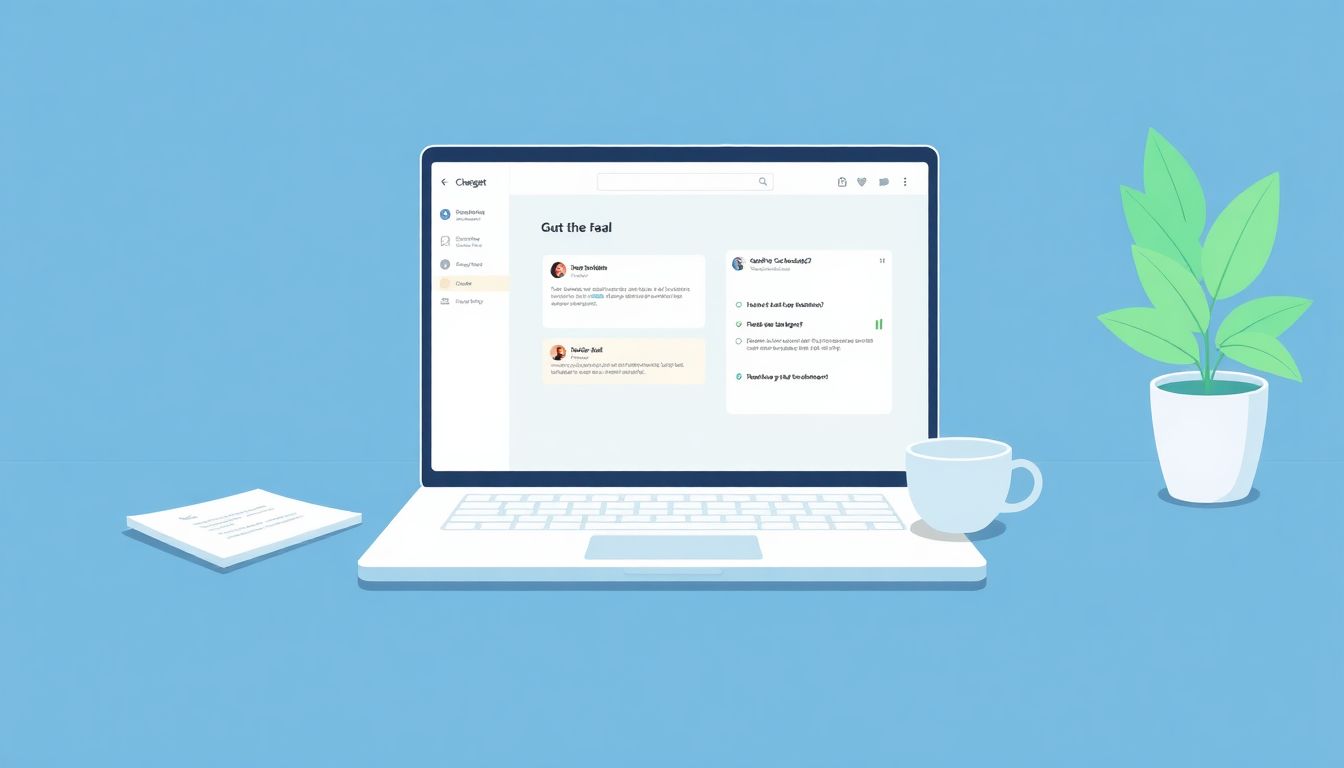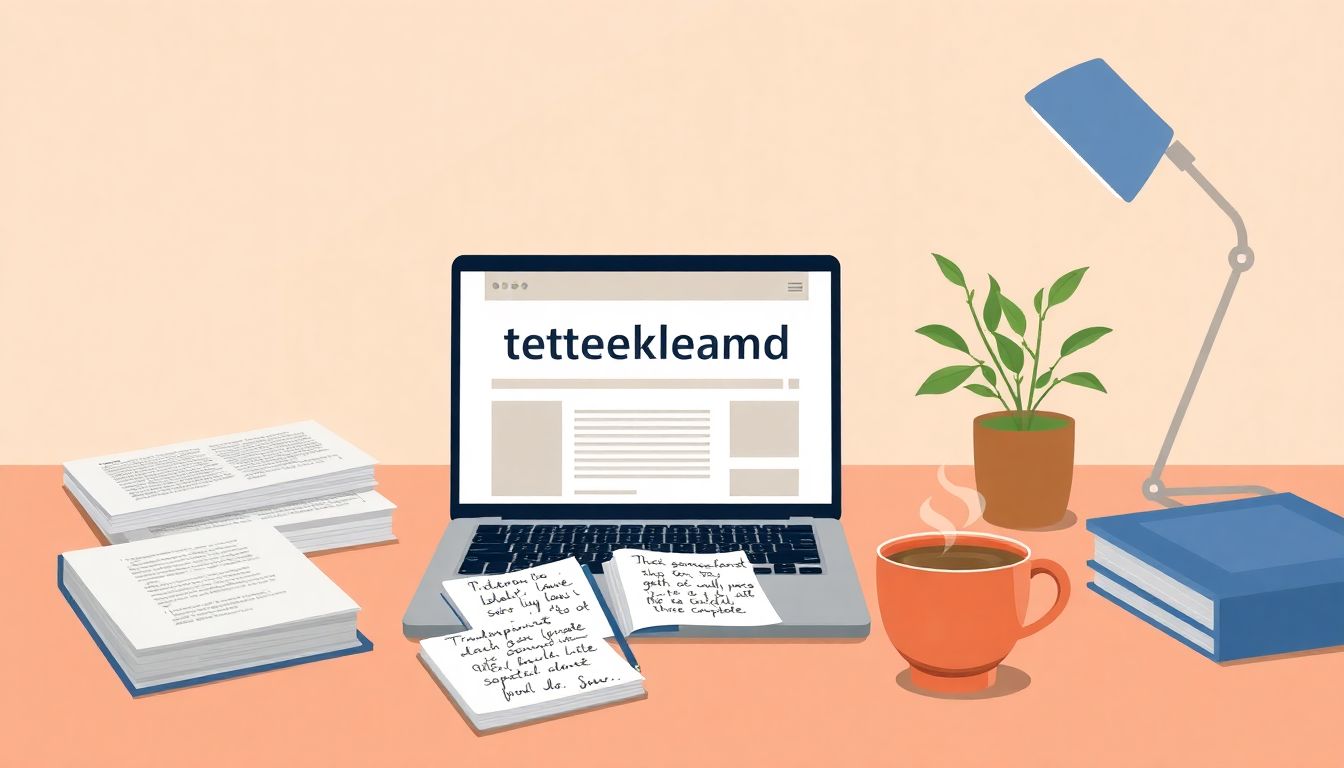Navigating the world of trademark applications can feel like a daunting task. You might be overwhelmed by the legal jargon or unsure about how to present your brand effectively. Trust me, you’re not alone in this; many business owners share the same worries.
But what if I told you that using ChatGPT could simplify this entire process? By harnessing its capabilities, you can find clear explanations, generate accurate descriptions, and even create application forms with ease. Stick around, and I’ll show you how ChatGPT can transform the way you handle trademark applications.
From understanding the basics to crafting compelling descriptions, we’ll explore various ways ChatGPT can be your go-to buddy for trademark success. Ready to dive in?
Key Takeaways
- ChatGPT simplifies the trademark application process by providing clear explanations and generating necessary documents.
- The AI can conduct thorough trademark research, reducing time and minimizing potential conflicts with existing trademarks.
- Using ChatGPT, you can create effective trademark descriptions that meet legal standards and represent your brand.
- The tool helps fill out trademark application forms accurately and quickly, making the process less intimidating.
- For best results, use specific prompts and questions to get tailored responses and insights from ChatGPT.
- Regularly check for updates on trademark laws to stay informed throughout your application journey.

How ChatGPT Can Help with Trademark Applications
ChatGPT can be a reliable assistant for navigating the trademark application process.
From conducting preliminary research to generating descriptions, AI tools can save time and enhance accuracy.
You can leverage ChatGPT to streamline various tasks, from filling out forms to ensuring your trademark’s uniqueness.
This tech can be a game changer for inventors and businesses seeking to protect their intellectual property.
By utilizing AI effectively, you can make the trademark application process less daunting and more efficient.
Understanding Trademark Applications
A trademark is essentially a symbol, word, or phrase legally registered to represent a company or product.
The trademark filing process involves several steps, starting with a thorough search to see if your desired trademark is available.
Types of trademarks include service marks, certification marks, and collective marks, each serving unique purposes.
Understanding the application requirements is crucial, as they often vary depending on the jurisdiction and type of trademark.
Getting to grips with intellectual property basics sets a solid foundation for your trademark journey.
Benefits of Using ChatGPT for Trademark Research
One of the key advantages of using ChatGPT is its efficiency in trademark research.
The AI can access vast trademark databases, speeding up your search for similar registered trademarks.
Using AI for similarity checks minimizes the risk of potential conflicts with existing trademarks.
This approach is not only efficient but also cost-effective, reducing the need for extensive manual research.
With quick information retrieval, ChatGPT helps you make informed decisions about your trademark application.
Creating Trademark Descriptions with ChatGPT
Writing effective trademark descriptions is essential for a successful application.
ChatGPT can assist in generating clear and concise descriptions tailored to your brand identity.
Use keywords and effective wording to convey the unique aspects of your trademark effectively.
Here are some prompts you can use:
- Create a detailed trademark description for my coffee shop that highlights sustainability.
- Generate a unique branding tagline for my tech startup using the words innovative and reliable.
- Draft a trademark narrative for my organic skincare line focusing on natural ingredients.
The AI can also help you adhere to guidelines, ensuring your descriptions meet legal standards.

Generating Trademark Application Forms with ChatGPT
Filling out trademark application forms is a critical step in the trademark registration process.
ChatGPT can streamline this process by providing guidance and generating specific content for your forms.
Start by instructing ChatGPT with detailed prompts to gather the necessary information.
For example, try these commands:
- Create a filled-out trademark application form for a new health drink.
- Generate a sample trademark application for a clothing line focusing on eco-friendly materials.
- Draft a trademark application highlighting the unique aspects of my online tutoring service.
Be specific in your prompts to receive tailored outputs that suit your needs.
Ensure to review and edit the generated content, as it may require customization and compliance with local regulations.
Also, remember common pitfalls when submitting applications, such as incorrect classifications or complete descriptions.
Using ChatGPT for initial drafts can save time and reduce errors, making the process less intimidating.
Common Questions About Trademark Applications Answered by ChatGPT
If you have questions about trademark applications, ChatGPT can provide detailed answers quickly.
It’s common for applicants to have queries about the process, costs, and timeframes involved.
Here are some prompt suggestions to encourage precise responses:
- What is the average timeframe for trademark approval in the United States?
- Explain the difference between a service mark and a trademark.
- What are the costs associated with filing a trademark?
- List common reasons why trademark applications are denied.
- What documentation is required for filing a trademark application?
These prompts can lead to informative responses that clarify typical inquiries and help you proceed confidently.
The responses provided by ChatGPT can also debunk myths or misconceptions surrounding trademarks, perfect for new business owners.
For personalized advice or more complex questions, consult a trademark attorney.
Tips for Effective Use of ChatGPT in Trademark Applications
Using ChatGPT effectively can enhance your trademark application experience significantly.
Here are some practical tips to make the most out of your interactions:
- Be specific with your prompts to obtain accurate and relevant responses.
- Use iterative questioning to refine your inquiries and get deeper insights.
- Set context when asking for descriptions or guidelines to tailor the responses.
- Keep your requests concise; clear and straightforward prompts yield better results.
- Utilize follow-up questions to explore areas in greater depth.
For instance, if you receive a response on trademark classifications, follow up with, “Can you provide examples for each type?”
Additionally, periodically check back with the AI to see if there are updates in trademark laws or practices that could affect your application.
By using these strategies, you can leverage ChatGPT to navigate the intricacies of trademark applications more smoothly.
Examples of Trademark Prompts for ChatGPT
Having a set of effective prompts can turn your ChatGPT experience into a treasure trove of trademark insights.
These prompts should be designed to elicit detailed and specific information that pertains to your needs.
Consider using these examples:
- List the steps required to submit a trademark application in my country.
- Provide examples of successful trademark applications for mobile apps.
- Give me an overview of international trademark law for e-commerce businesses.
- Summarize the trademark renewal process in the US.
- Explain how AI can assist in maintaining and monitoring trademarks.
These prompts are actionable and can help you draw valuable knowledge from ChatGPT.
Feel free to customize these examples to better fit your business context or approach.
The more detailed your prompt, the more tailored the response will be, providing insights and information that directly aid your trademark journey.

Staying Updated on Trademark Laws with ChatGPT
Keeping up with trademark laws is crucial for any business owner or applicant.
ChatGPT can help you stay informed about the latest changes and updates in trademark regulations.
You can prompt ChatGPT with questions that focus on current laws, recent case studies, or changes in filing procedures.
Here are some prompts to get you started:
- Provide recent updates on trademark laws in my country and their implications.
- Summarize the latest trademark case studies relevant to e-commerce.
- Explain how recent changes in trademark regulations affect my application process.
- List important trademark law changes that every business should know.
- Discuss the impact of international trade agreements on trademark laws.
Regularly engaging with ChatGPT can create a habit of checking for updates, helping you react proactively to legal changes.
Limitations of Using ChatGPT for Trademark Applications
While ChatGPT is a powerful tool, it’s important to recognize its limitations in the trademark application process.
AI may not always capture the nuances of specific legal issues, especially when it comes to complex trademark disputes.
You might encounter situations where the AI provides outdated or overly generalized information, so cross-verification with reliable sources is key.
If your trademark issue is complicated, consulting with a trademark attorney is highly advisable.
To guide your conversations with ChatGPT about its limitations, here are some prompts:
- List the common challenges faced when using AI for trademark consultations.
- What are the potential inaccuracies I should look out for when using ChatGPT for trademark advice?
- When should I seek professional legal help instead of relying on AI for trademark matters?
- Explain the legal limitations of ChatGPT for trademark application support.
- Discuss the differences between AI assistance and professional legal advice in trademarks.
By understanding these limitations, you can make more informed decisions about when to rely on AI and when to seek human expertise.
FAQs
A trademark application is a formal request submitted to a trademark office to register a logo, symbol, word, or phrase that identifies and distinguishes goods or services from others in the marketplace.
ChatGPT can help by providing insights into existing trademarks, suggesting related keywords, and assisting in identifying potential conflicts, making the research process more efficient and comprehensive.
Limitations include potential inaccuracies in legal interpretations, lack of specific jurisdictional insights, and the inability to provide personalized legal advice, which necessitates professional consultation for assured outcomes.
Yes, ChatGPT can generate trademark descriptions by providing clear, concise, and relevant information about the product or service, helping to enhance the application’s clarity and strength.
